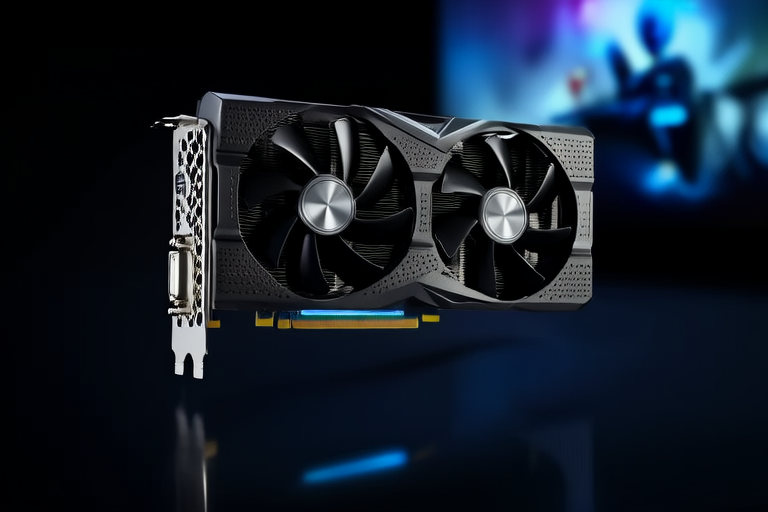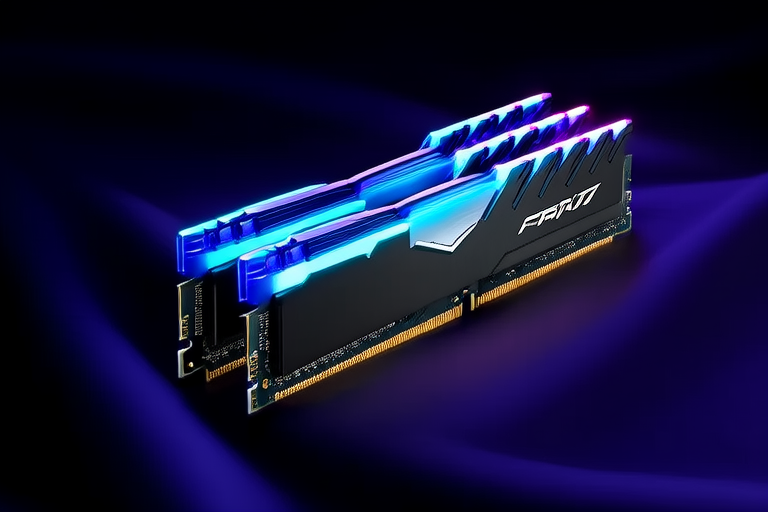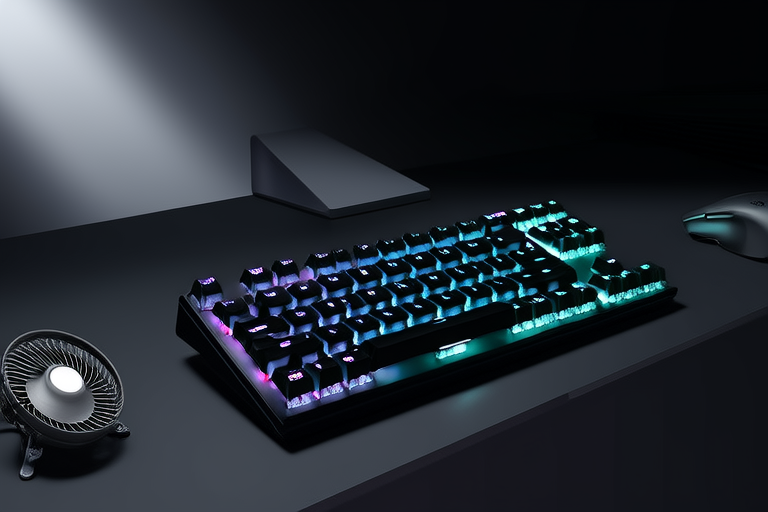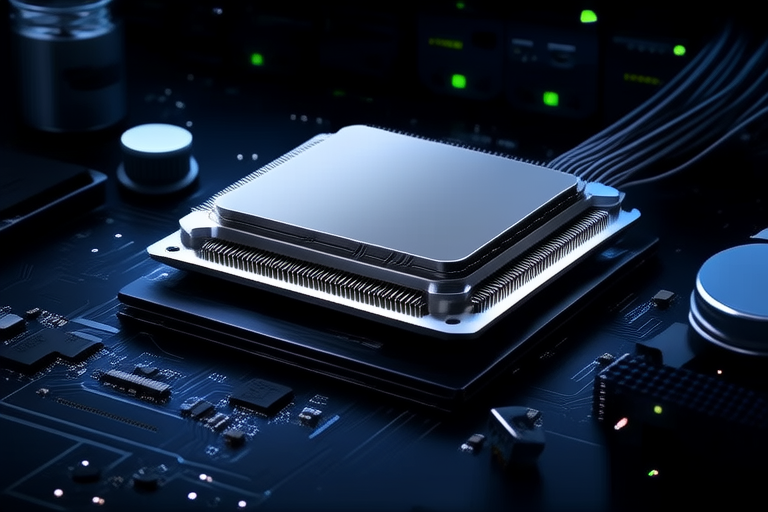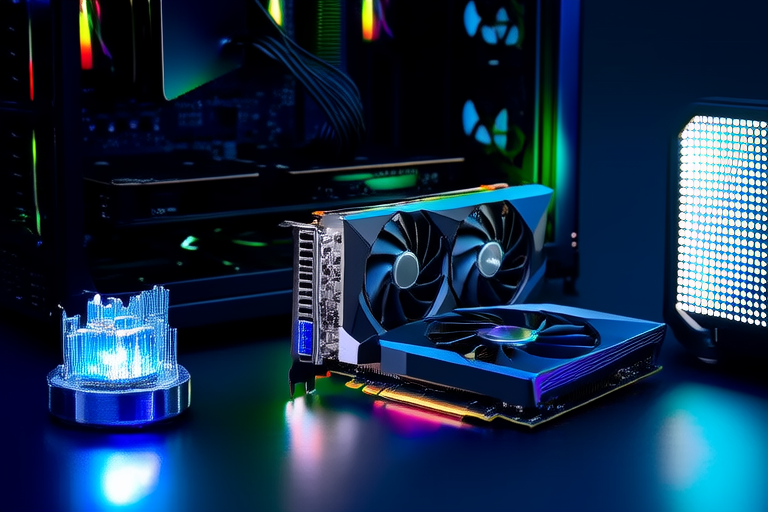Exploring the Impact of New GPU Technologies on Gaming
Introduction
Graphics Processing Units (GPUs) have been pivotal in the evolution of the gaming industry, enabling developers to create increasingly immersive and visually stunning experiences. Over the years, advancements in GPU technology have transformed gaming, from the early days of pixelated graphics to today’s ultra-realistic environments. The latest innovations in GPU architecture promise even greater leaps in performance and visual quality. This article explores the impact of these new GPU technologies on gaming, focusing on their architectural improvements, performance enhancements, visual fidelity, accessibility, and future prospects.
Overview of New GPU Technologies
The latest GPUs feature advanced architectures designed to optimize performance and efficiency. Innovations include increased memory bandwidth, faster clock speeds, and enhanced cooling systems. These improvements allow GPUs to handle complex computations more efficiently, resulting in smoother gameplay and richer visuals. One of the most significant advancements is the integration of ray tracing, a technique that simulates the behavior of light to produce highly realistic reflections, shadows, and lighting. Ray tracing has revolutionized gaming, offering unparalleled levels of realism that were previously unattainable. Additionally, AI and machine learning are being integrated into GPUs to enhance image processing, optimize resource usage, and even improve game AI itself.
Performance Improvements
New GPU technologies have significantly enhanced game performance, delivering higher frame rates and reduced latency. This translates to smoother gameplay, especially in fast-paced action games. For instance, titles like Control and Death Stranding benefit greatly from ray tracing and other advanced features, providing players with an immersive experience. Multiplayer games also see substantial improvements, with reduced input lag and more responsive interactions. Whether in competitive shooters or cooperative adventures, the enhanced performance of modern GPUs ensures that every player can enjoy seamless and engaging gameplay.
Visual Quality Enhancements
The visual fidelity of games has seen remarkable improvements thanks to new GPU technologies. Higher resolutions, more realistic lighting, and intricate textures contribute to a more immersive gaming environment. Compared to older GPUs, the latest models offer vastly superior graphical capabilities, making even simple scenes look more lifelike. Different genres of games benefit uniquely from these advancements. Role-playing games (RPGs), for example, benefit from more detailed character models and expansive environments, while first-person shooters (FPS) and racing games see improvements in dynamic lighting and realistic physics. These enhancements not only elevate the aesthetic appeal of games but also deepen the player’s immersion.
Accessibility and Affordability
Advancements in GPU technology have made high-performance gaming more accessible to a broader audience. Manufacturers are continually working to make their products more affordable and energy-efficient. Pricing trends show that newer GPUs, while initially expensive, often become more accessible over time. Initiatives such as tiered product lines and refurbished options help bridge the gap between premium and budget-friendly solutions. Additionally, the growing availability of energy-efficient GPUs addresses concerns about power consumption, making high-performance gaming more sustainable. As a result, more gamers can now enjoy cutting-edge graphics without breaking the bank.
Future Prospects
The future of GPU technology holds exciting possibilities for further enhancing gaming experiences. Developments such as variable-rate shading, which dynamically adjusts rendering quality based on the scene, promise even greater efficiency and performance. However, challenges remain, particularly regarding power consumption and environmental concerns. As GPUs become more powerful, they also consume more energy, raising questions about sustainability. Cloud gaming, another emerging trend, may complement traditional GPU-based gaming by offering access to high-end graphics without the need for expensive hardware. While cloud gaming faces its own set of challenges, it represents a promising direction for the future of gaming.
Conclusion
In summary, new GPU technologies have had a profound impact on the gaming industry, transforming the way games are played and experienced. From architectural improvements to enhanced performance and visual quality, these advancements have elevated gaming to new heights. By making high-performance gaming more accessible and affordable, manufacturers are ensuring that a wider audience can enjoy the benefits of cutting-edge technology. As we look to the future, continued innovation in GPU technology promises even greater possibilities, shaping the next generation of gaming experiences. Stay informed about upcoming advancements to fully appreciate the transformative effects of these technologies on your gaming journey.
